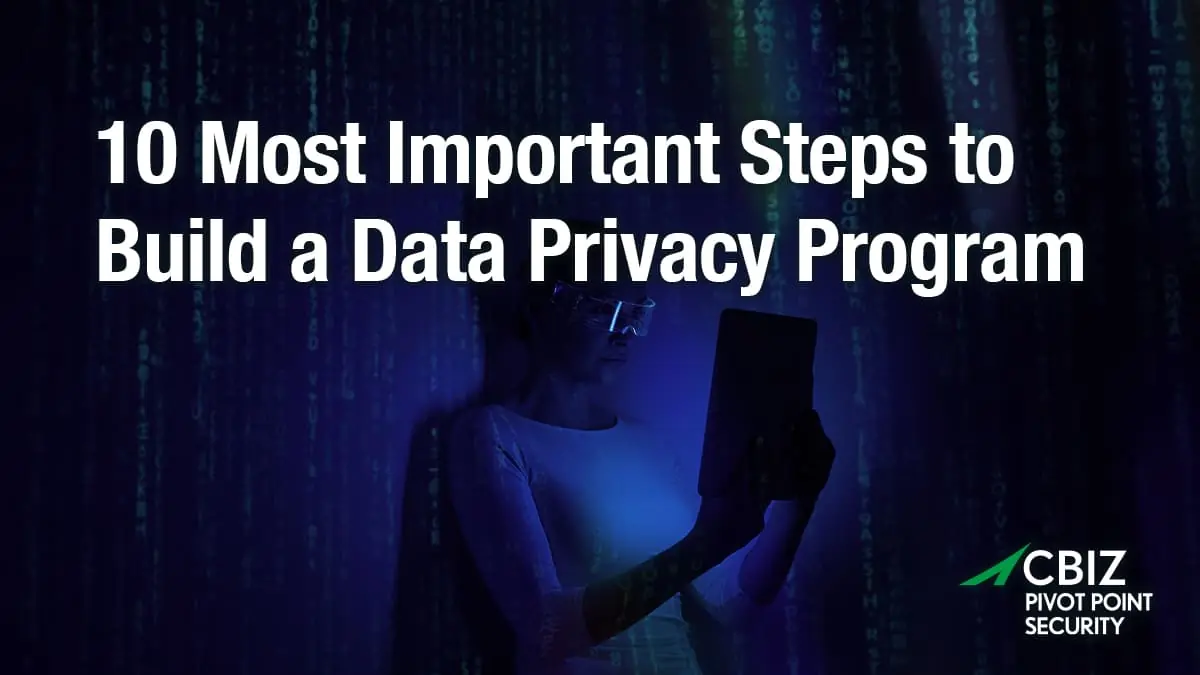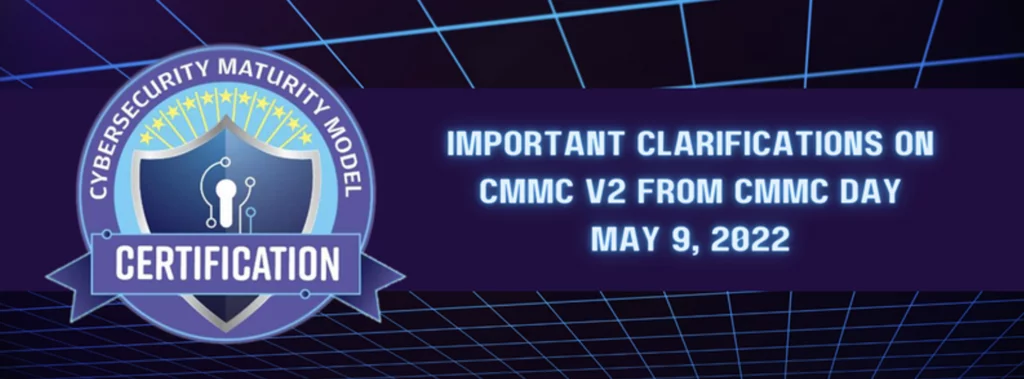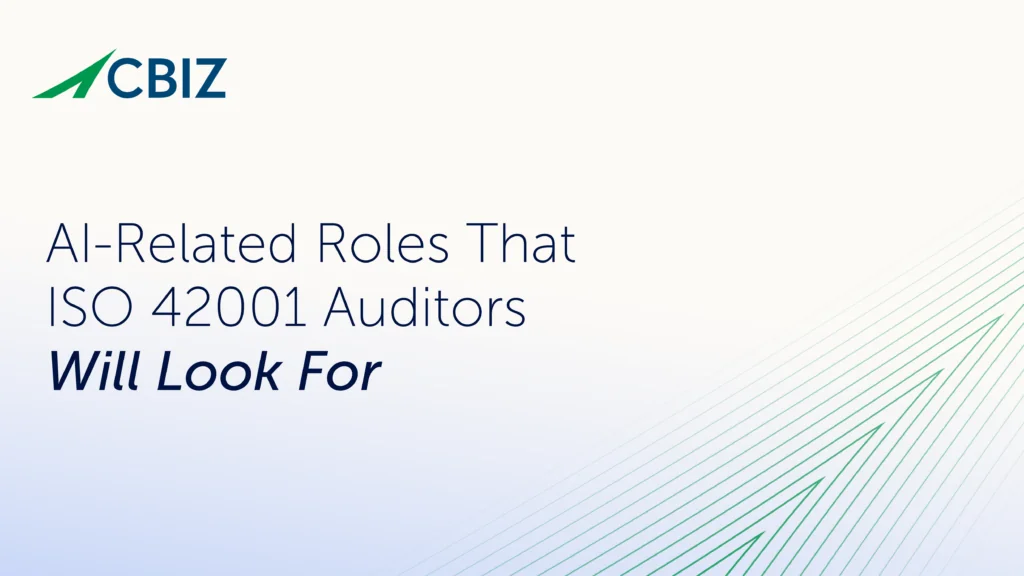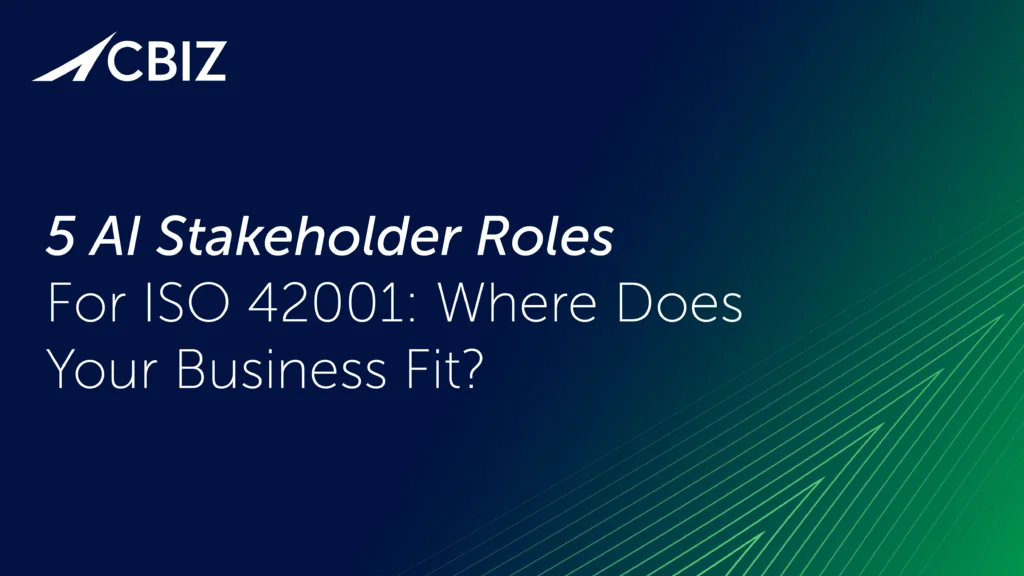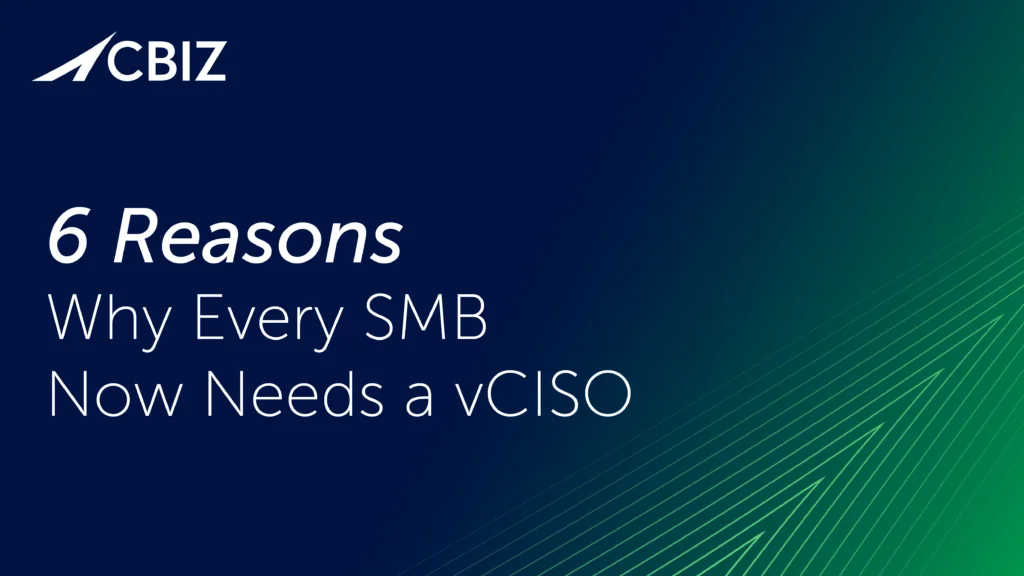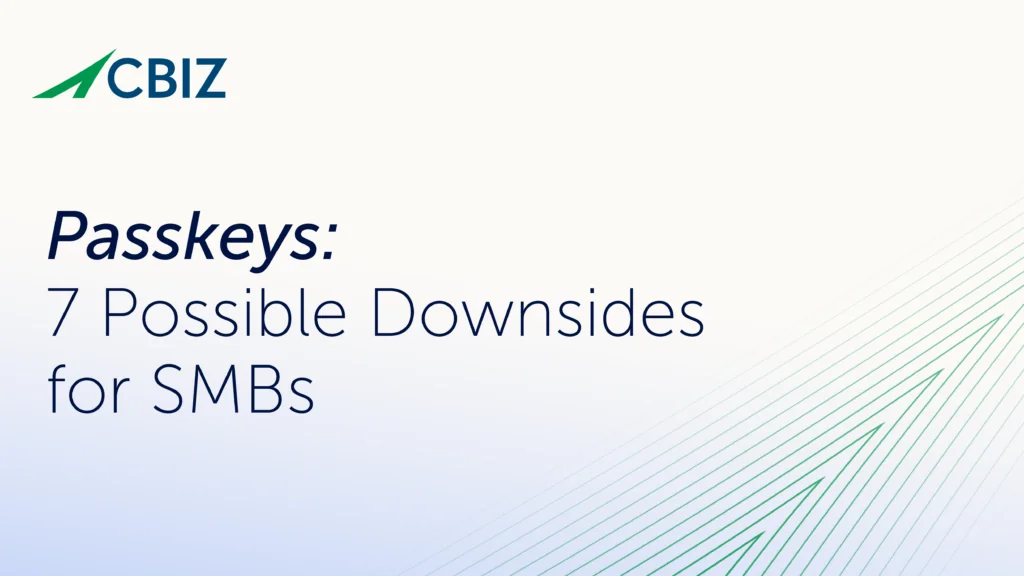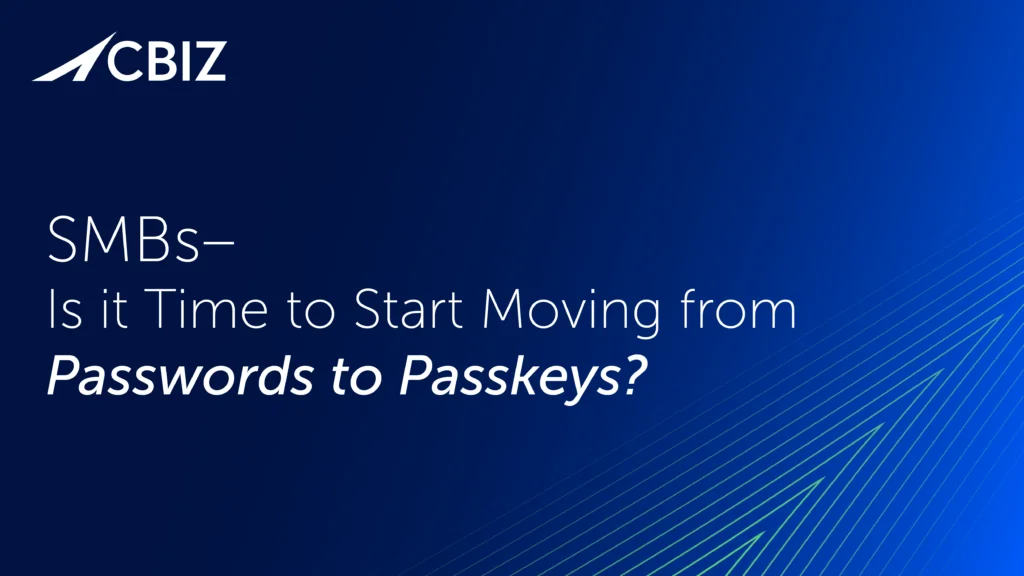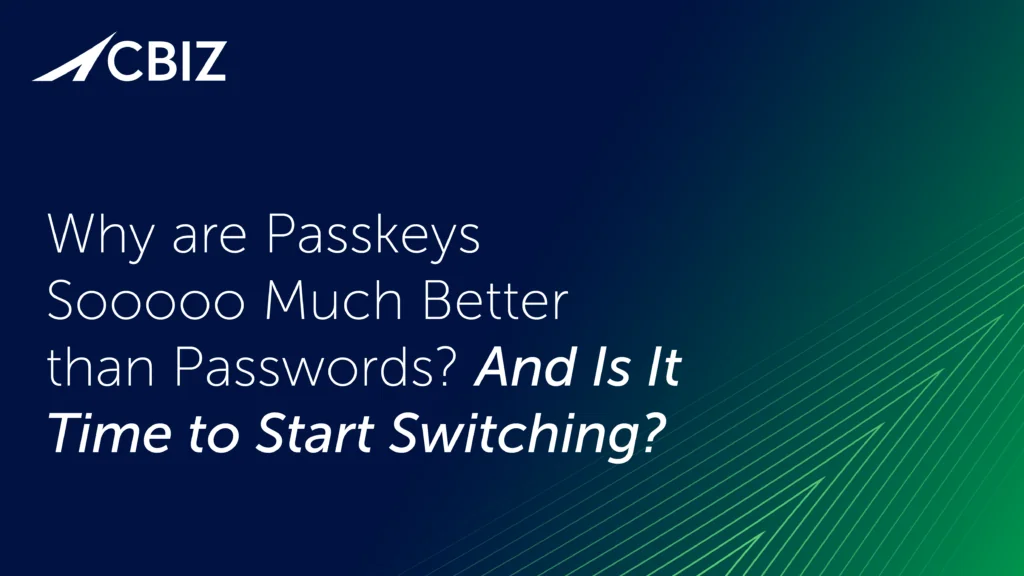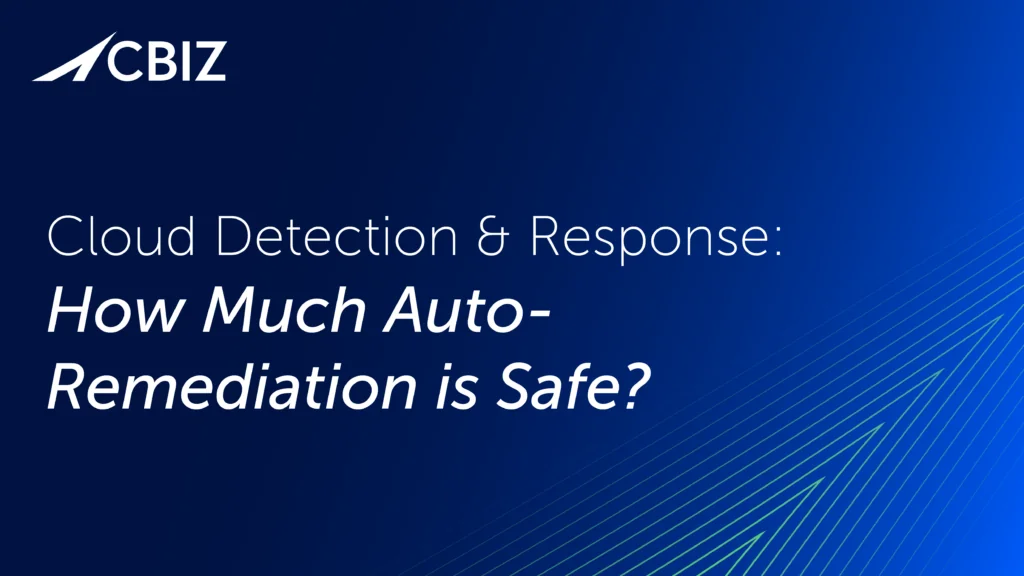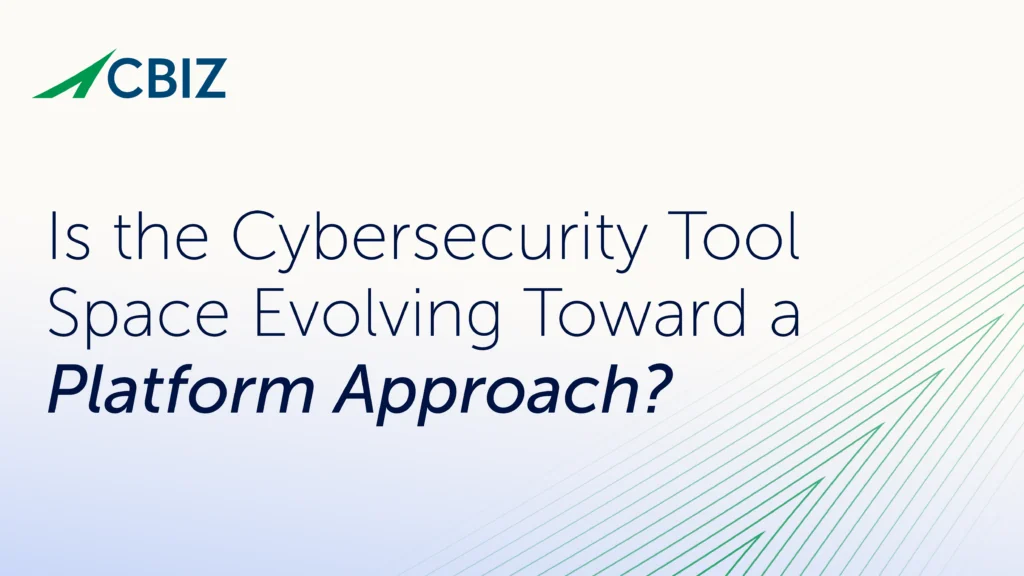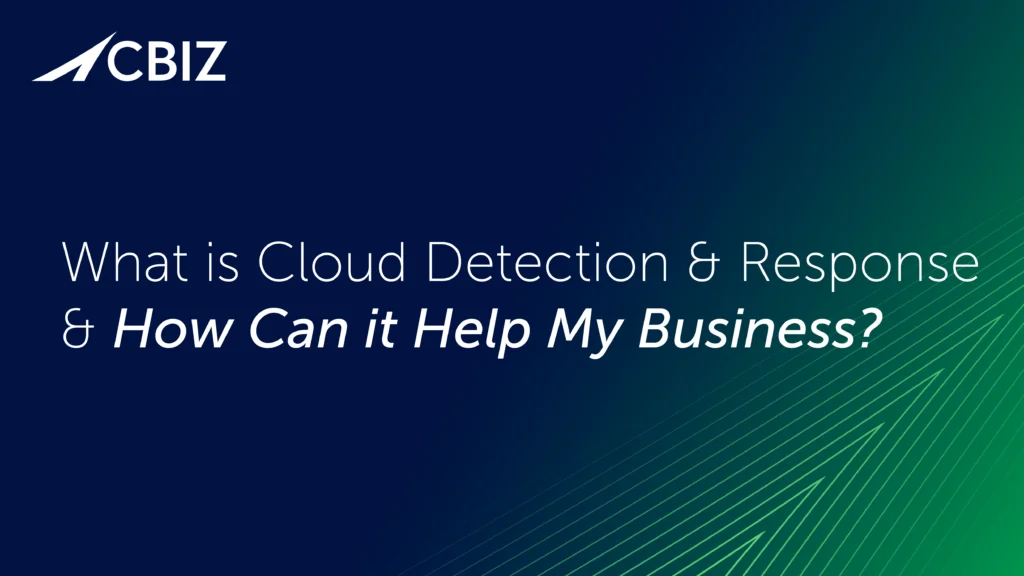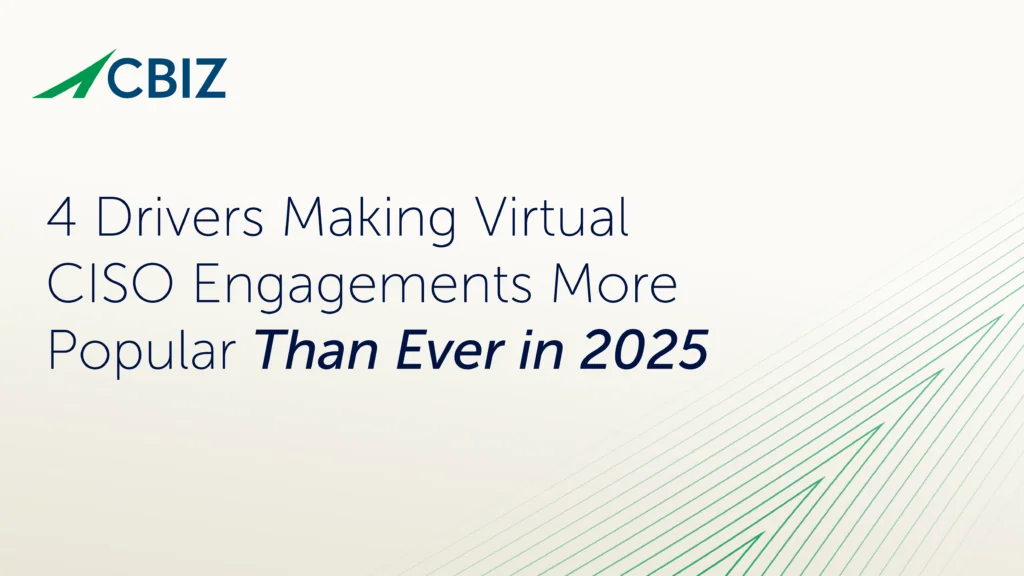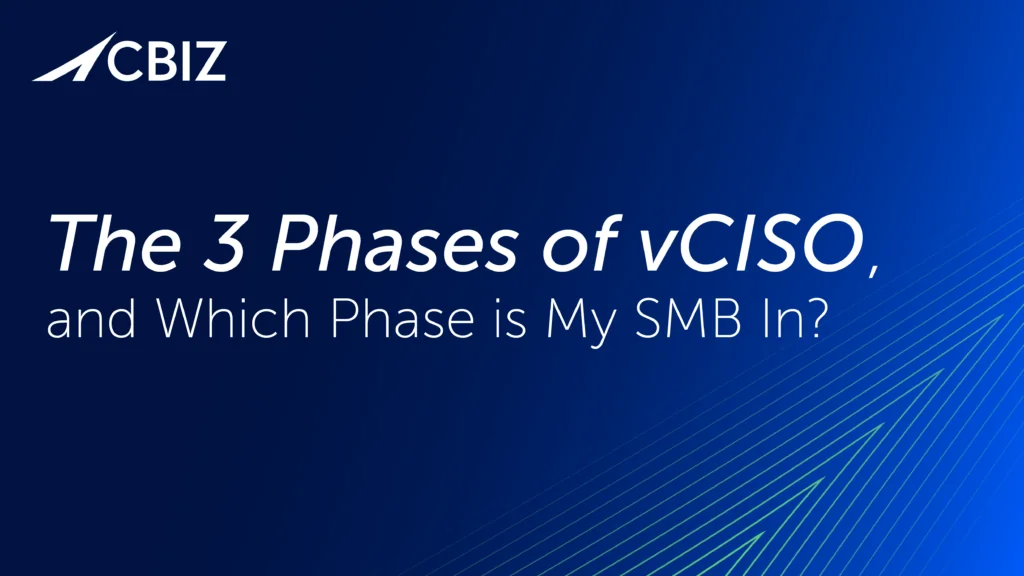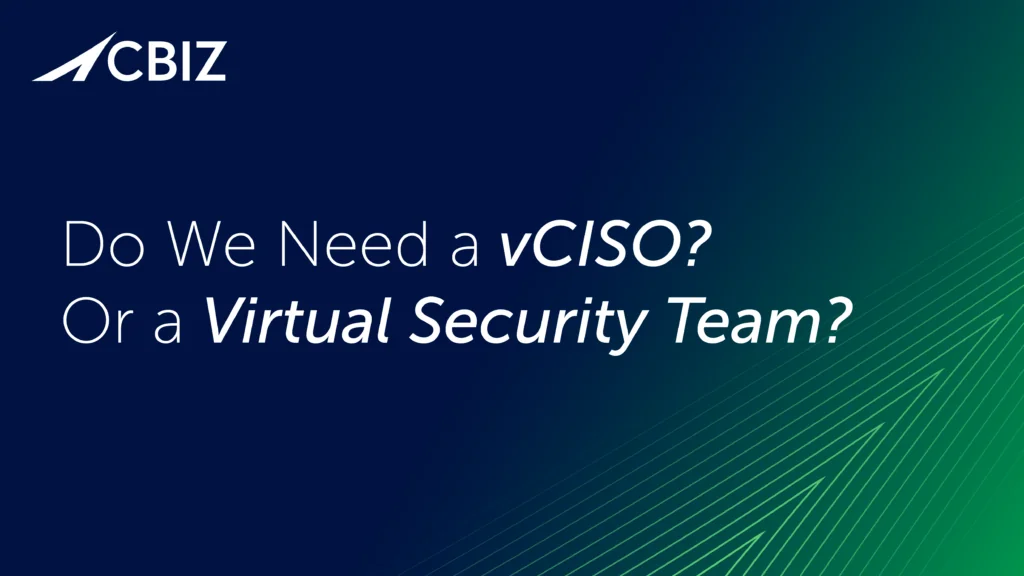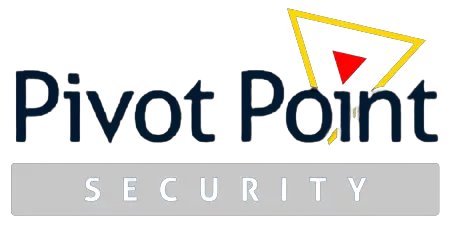Last Updated on June 28, 2024
With new regulations proliferating and customer concern at an all-time high, data privacy compliance has become a major issue that many organizations across industries are addressing for the first time. Business leaders are anxious to understand and address their privacy requirements yet may underestimate the effort and commitment involved.
This article outlines the scope of a comprehensive data privacy program, explains why your business needs one, and shares the 10 most important steps to make it happen.
What is a data privacy program?
A data privacy program includes all business activities to relate to personal data, from acquisition through disposal/deletion. There is a big difference between implementing consent management on your website and building a comprehensive framework of policies and procedures to safeguard stakeholder privacy, demonstrate regulatory compliance, and handle privacy rights actions.
Every privacy program is unique because every business works with personal information (PI) differently. The key to success is leveraging best practices and proven implementation frameworks to ensure you plan, operationalize, and deliver a comprehensive privacy program that meets all stakeholder requirements.
Why does your business need a data privacy program?
A primary driver for many new privacy programs is to avoid impending regulatory sanctions. Privacy laws like the EU’s GDPR and the California Privacy Rights Act (CPRA) have sharp enforcement mechanisms and collectively have levied billions of dollars in fines.
But a privacy program can add significant business value beyond just staving off legal actions. Some of the benefits of a robust privacy program include:
- Building and maintaining stakeholder trust, confidence, and loyalty towards your business.
- Simplifying privacy compliance activities and reducing associated costs and risks.
- Reducing the risk of data breaches and associated financial, legal, and reputational damage.
- Driving competitive advantage, especially through an independently attested data privacy certification like .
- Streamlining business processes and enabling data governance by knowing what data you have and where it resides.
- Improving data quality to benefit data analytics and executive decision-making.
- Reducing your percentage of redundant, obsolete, and trivial (ROT) data (up to a third of total data volume) to save storage, backup, and power costs.
10 key steps to provable privacy compliance and robust data protection
The purpose of privacy laws is to protect the personal data and privacy rights of your customers, employees, and fellow citizens—not to enforce compliance regimes.
A comprehensive data privacy program can enable and operationalize the former while fulfilling the latter. This requires careful planning, implementation, and maintenance.
By following the 10 critical steps summarized below, organizations can build and maintain a robust privacy program that effectively protects personal information, mitigates privacy risks, and demonstrates a commitment to privacy compliance and accountability.
1. Identify and articulate privacy drivers
Why did your company decide to establish a formal privacy program? Typical drivers are:
- To meet compliance requirements and avoid noncompliance sanctions.
- To address requirements coming from your board, business partners, investors, and/or customers.
- Competitive differentiation.
- To build and maintain trust and loyalty among customers, employees, and other key stakeholders.
- To protect sensitive customer and employee personal data from unauthorized access and reduces the chances of a data breach.
Articulating privacy drivers and benefits along with operational costs and impacts is essential for gaining executive support and employee buy-in around next steps. Without leadership commitment organizations cannot prioritize and sustain the significant effort needed to achieve compliance with comprehensive privacy laws like GDPR and/or its US state-level and international counterparts.
Top-down organizational buy-in is also key to maintaining and continuously improving privacy compliance. Many successful organizations appoint a privacy lead, such as a chief privacy officer (CPO) or virtual data privacy officer (vDPO) to administer the program and help drive accountability.
2. Assess your current compliance state
Identifying current strengths and weaknesses is a starting point for building out your program. Due diligence for any privacy program involves a comprehensive assessment of your current privacy practices, including policies, controls, and procedures.
You also need to document current privacy risks—including risks posed by critical vendors that you share data with.
3. Fully understand your legal and regulatory obligations
To know your compliance requirements, you must fully understand the privacy legislation and guidance applicable to your company, such as HIPAA or other industry-specific laws, GDPR and other international laws, and/or US state privacy laws.
Organizations must align their privacy practices with prevailing regulations, including data collection activities, data protection controls, data subject rights processes, and breach notification rules. Usually, this requires legal expertise.
4. Develop a data map/inventory
Until now, many businesses have not had a compelling reason to identify and map the bidirectional flow of the personal data they control. Sensitive data subject to privacy laws is often spread across numerous applications and repositories.
The challenge for privacy compliance is to:
- Discover and classify all relevant data;
- Document where the data originates, where it goes, and all points in between; and
- Describe how you process and share it along the way.
If you can’t connect all these dots, you’ll be unable to efficiently service data subject rights requests, among other issues.
A data map is effectively a record of processing activities (ROPA), a prominent concept in both GDPR and ISO 27701. The GDPR’s ROPA guidance describes a best-practice approach to the process.
5. Develop and implement comprehensive privacy policies and procedures
Having a data map makes it possible to document, develop, and implement comprehensive privacy policies and procedures. These should describe how your business collects, stores, processes, sells, shares, or otherwise discloses personal data.
Your privacy policies and procedures should incorporate your cybersecurity controls for protecting personal data. Other core areas to cover include privacy consent management, data retention, data minimization, and all links to/from third-party systems, such as payroll vendors.
To maintain compliance, you also must regularly review and update privacy policies and procedures to account for changes in the legal/regulatory landscape, new contract obligations, new business activities/practices, etc.
6. Manage privacy risk
Based on your current privacy drivers, stakeholder requirements, and personal data handling activities, what are your significant privacy risks and privacy-related cybersecurity vulnerabilities? And what are the anticipated impacts should a risk manifest?
Only by assessing and prioritizing risks to personal data and data privacy can you implement appropriate controls (e.g., encryption, data pseudonymization, best-practice access management) to mitigate identified risks.
7. Factor data privacy requirements into your incident response and breach management plans
Your cybersecurity incident response plan needs to encompass data privacy incidents, such as breaches of personal data. Planning is what separates a coherent response that reduces harm from an impromptu reaction that may compound the chaos and delay recovery.
You should define specific incident response procedures for:
- Investigating privacy incidents and collecting forensics
- Determining what data was affected
- Containing breaches of personal data and minimizing their impacts
- Assessing privacy risks to customers, partners, and other stakeholders
- Notifying impacted persons and regulators
- Defining what constitutes a “material” privacy incident that requires notification
- Identify root causes and areas for improvement
8. Roll out privacy program awareness and training
To make your data privacy program “real” and allow it to scale, you need to offer appropriate privacy awareness and training programs for all employees, especially those that handle personal data. Everyone must understand their roles and day-to-day responsibilities in relation to privacy compliance and data protection policies and activities.
Besides clarifying the “why” behind new privacy-related activities, employees need to know what personal data they touch, how a data breach could take place, their responsibilities for data protection, etc. This includes knowing “what to do next” should a privacy issue occur on their watch, such as if data is exposed due to a mistake or negligence.
9. Setup a privacy compliance monitoring and audit process
Privacy compliance monitoring is how you know whether you are currently in compliance or not, and whether any changes you are making work as expected. This process has two parts:
- Ongoing monitoring to check whether you are following your own privacy policies.
- Periodic internal privacy audits to identify gaps, weak areas, and opportunities for improvement relative to regulatory requirements.
10. Enable continuous improvement for your data privacy program
Privacy laws are always changing, along with your business landscape, the cyber threat landscape, and your IT environment. So, you must continuously evaluate your privacy program’s effectiveness.
This includes soliciting feedback from customers, employees, and other stakeholders to find out how you could do better and identify weak areas. Another best practice is to conduct periodic data privacy impact assessments (DPIAs).
What’s next?
Companies that are new to privacy compliance may have many questions about how to implement and operationalize controls, policies, and business processes.
Whether you are looking for strategic guidance or are considering outsourcing your whole privacy program, CBIZ Pivot Point Security is here to help. We guarantee our clients’ success in achieving and maintaining compliance with NJDPA and other privacy laws, while positioning you to comply with future privacy and cybersecurity regulations with minimal effort.
Contact us to connect with a data privacy expert.





